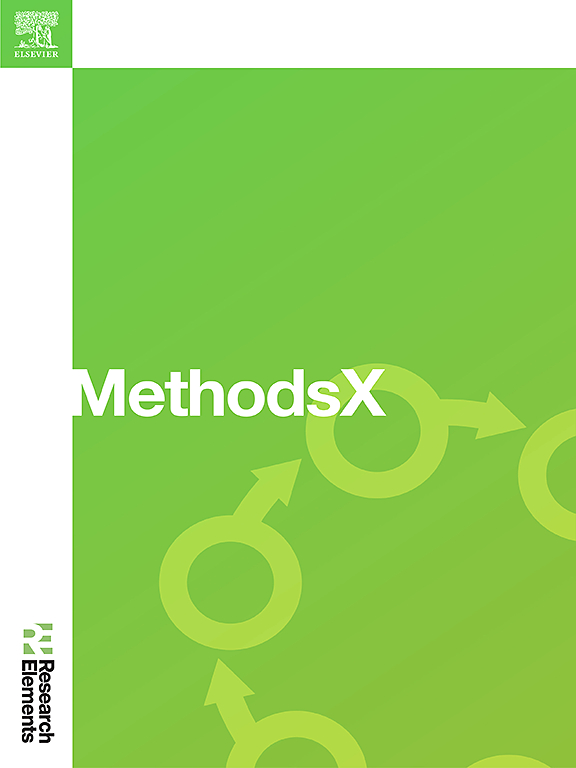KuSL2023: A standard for Kurdish sign language detection and classification using hand tracking and machine learning
IF 1.6
Q2 MULTIDISCIPLINARY SCIENCES
引用次数: 0
Abstract
Sign Language Recognition (SLR) plays a vital role in enhancing communication for the deaf and hearing-impaired communities, yet there has been a lack of resources for Kurdish Sign Language (KuSL). To address this, a comprehensive standard for KuSL detection and classification has been introduced. This standard includes the creation of a real-time KuSL recognition dataset, focusing on hand shape classification, composed of 71,400 images derived from merging and refining two key datasets: ASL and ArSL2018. The ArSL2018 dataset, aligned with the Kurdish script, contributed 54,049 images, while the ASL dataset added 78,000 RGB images, representing 34 Kurdish sign categories and capturing a variety of lighting conditions, angles, and backgrounds. Various machine learning models were employed to evaluate system performance. The CNN model achieved an accuracy of 98.22 %, while traditional classifiers such as KNN and LightGBM reached 95.98 % and 96.94 %, respectively, with considerably faster training times. These findings underscore the robustness of the KuSL dataset, which not only delivers high accuracy and efficiency but also sets a new benchmark for advancing Kurdish Sign Language recognition and broader gesture recognition technology.
- •Provides the first standardized dataset for Kurdish Sign Language recognition using 71,400 annotated images.
- •Demonstrates high classification accuracy using CNN (98.22 %) and traditional models like KNN and LightGBM.
- •Enables real-time hand sign recognition and supports the development of assistive technologies for the deaf community.
KuSL2023:使用手部跟踪和机器学习的库尔德手语检测和分类标准
手语识别(SLR)在加强聋人和听障群体的沟通方面发挥着至关重要的作用,但库尔德手语(KuSL)的资源一直缺乏。为了解决这个问题,引入了KuSL检测和分类的综合标准。该标准包括创建一个实时KuSL识别数据集,专注于手部形状分类,该数据集由合并和精炼两个关键数据集(ASL和ArSL2018)衍生的71,400张图像组成。ArSL2018数据集与库尔德语脚本保持一致,贡献了54,049张图像,而ASL数据集增加了78,000张RGB图像,代表了34种库尔德语符号类别,并捕获了各种照明条件,角度和背景。采用各种机器学习模型来评估系统性能。CNN模型的准确率达到了98.22%,而KNN和LightGBM等传统分类器的准确率分别达到了95.98%和96.94%,训练时间明显加快。这些发现强调了KuSL数据集的鲁棒性,它不仅提供了高精度和高效率,而且为推进库尔德手语识别和更广泛的手势识别技术设定了新的基准。•使用71,400个带注释的图像为库尔德手语识别提供了第一个标准化数据集。•使用CNN(98.22%)和KNN、LightGBM等传统模型展示了较高的分类准确率。•支持实时手势识别,并支持聋人社区辅助技术的发展。
本文章由计算机程序翻译,如有差异,请以英文原文为准。
求助全文
约1分钟内获得全文
求助全文
来源期刊

MethodsX
Health Professions-Medical Laboratory Technology
CiteScore
3.60
自引率
5.30%
发文量
314
审稿时长
7 weeks
期刊介绍:
 求助内容:
求助内容: 应助结果提醒方式:
应助结果提醒方式:


